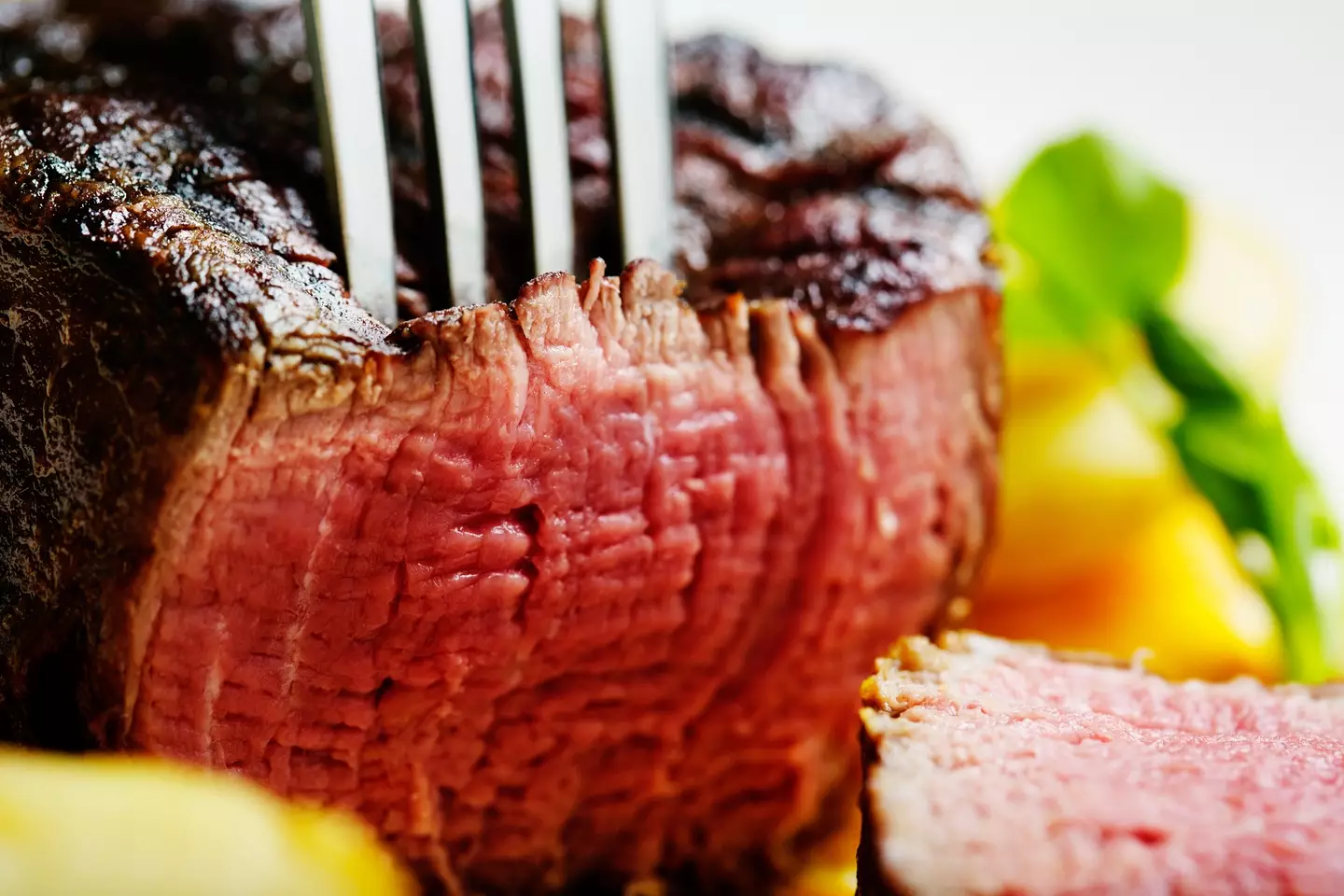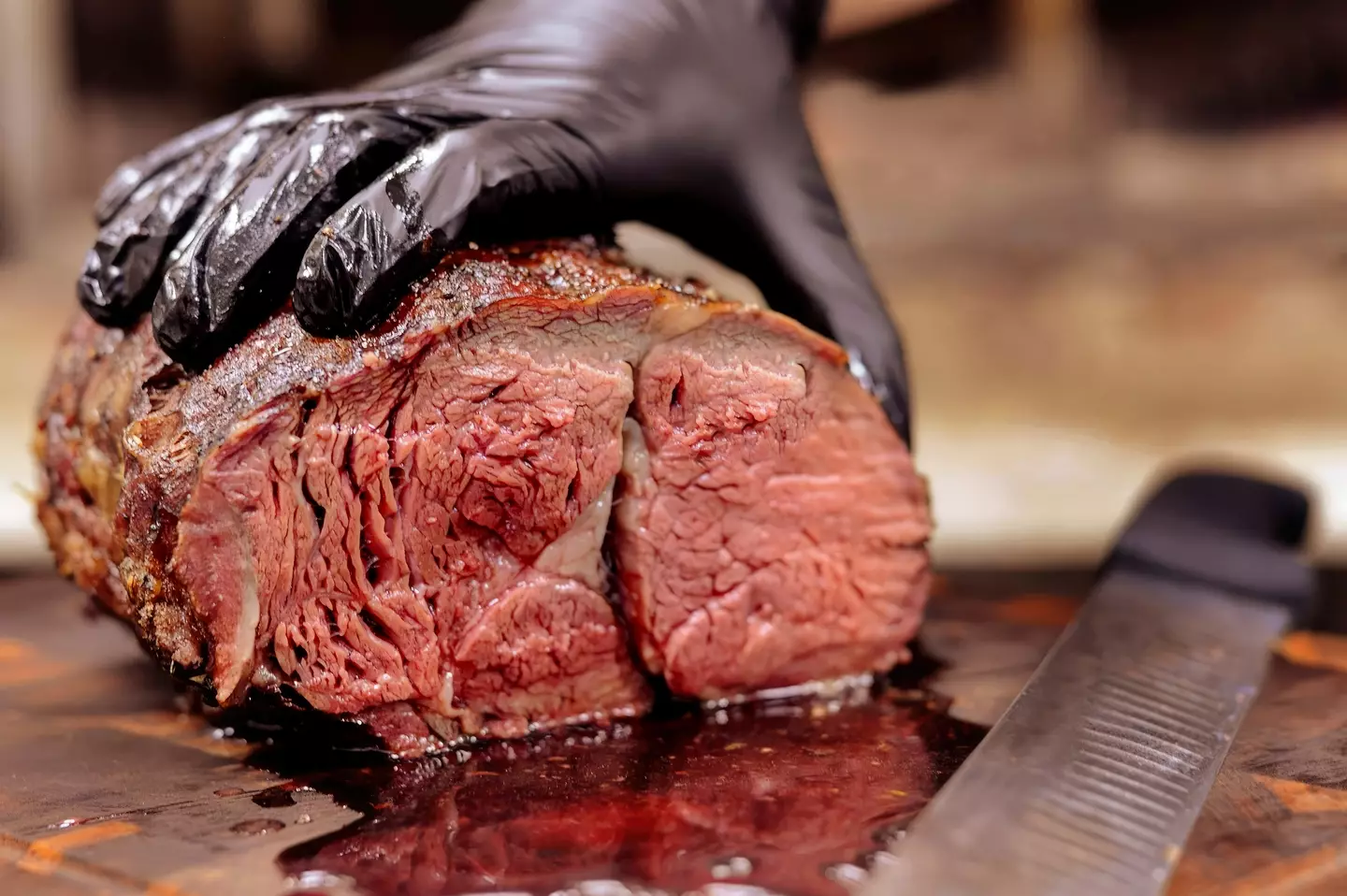.jpg%3Fcrop%3D2119%2C1192%2Cx0%2Cy0)
Some people love a rare steak – the redder and ‘bloodier’ the better.
Even a medium-rare steak might ooze some reddish liquid when you cut into it, but if it’s ever creeped you out then fret not: there’s a non-gory explanation.
In short, it’s not blood.
The pinkish-red liquid isn’t even a sign that the meat is undercooked or raw, as it turns out.
Advert
Steak School by Stanbroke has gone into the details whilst explaining how to perfectly prepare a cut of steak.

During the butchery process, blood is drained out of meat. We can only partially digest it, it doesn’t taste very nice, and it leaves an unpleasant sensation in your mouth. If you’ve ever bitten your tongue badly, you’ll know all that already.
So what is that liquid if not blood?
Advert
It’s actually a combination of water, which makes up 75% of meat, and muscle tissue protein called myoglobin.
While haemoglobin is the protein that carries oxygen around our bodies and gives blood its red colour, myoglobin is the protein that stores oxygen in muscles.
Myoglobin has a red pigment because of the iron in it. When it’s exposed to oxygen, the iron oxidises. It’s a similar process to how iron will go orange when it rusts.
High myoglobin content is what defines ‘red meat’ like beef, lamb, and pork. It’s why meat from creatures like poultry and fish don’t go red; they’re low in myoglobin.
Advert
So, if you’re prone to asking for steak ‘nice and bloody’, you’re making a bit of a scientific faux pas.

Along with this knowledge, check out what American chef David Burke revealed as the beef cut he’d avoid whilst speaking with NJ.com.
“It's certainly not the best cut of meat,” he said, and it turns out he’s talking about the coveted filet mignon.
Advert
He explained that this particular cut was made famous by popular French chefs who preferred it because it has no bone running through it and is therefore easy to carve and clean.
It’s therefore “a safe bet” in the kitchen, making it easy to sauce.
If you’ve ever had a taste of a decent cut of filet mignon and experienced the buttery smooth bites you can get from it, you may well disagree.
Topics: Cooking
